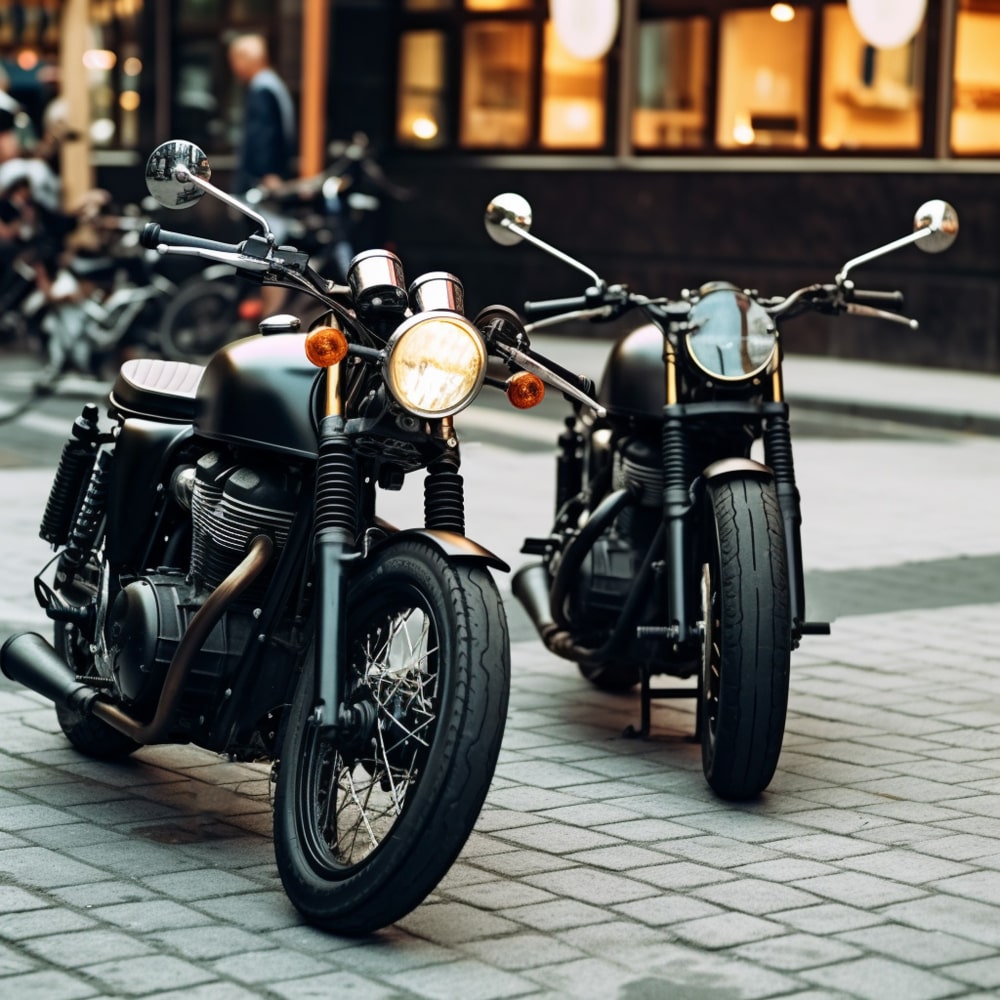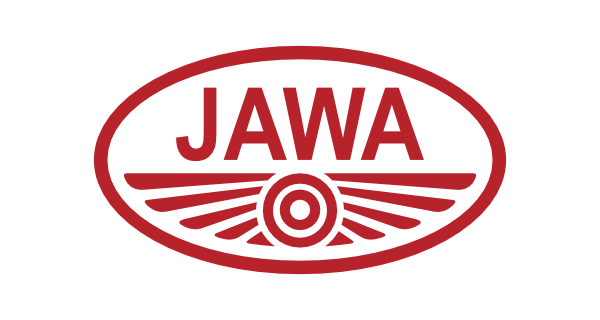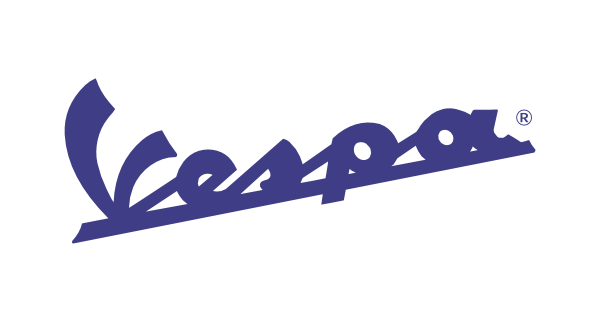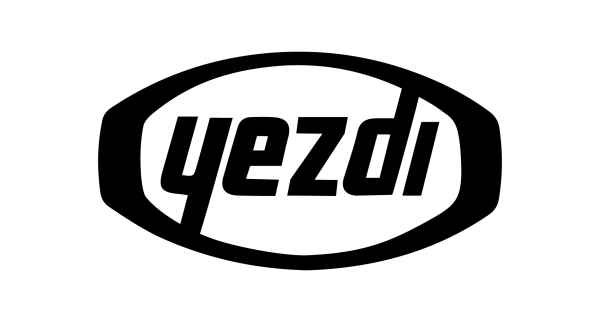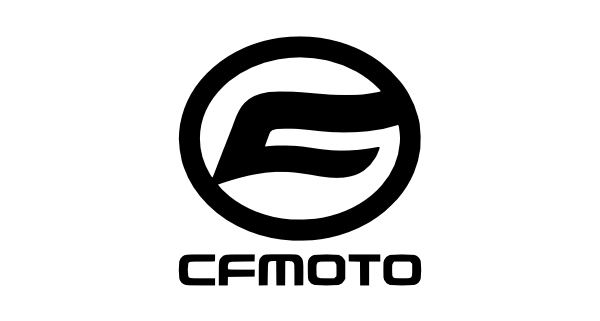Access to cost-effective and dependable transport in developing countries is a primary determinant of social and economic progress. Indian two-wheelers with their low price, ruggedness, and high mileage have become an important mode of mobility enhancement in these parts of the world. As demands for economical transportation grow, Indian scooters and motorcycles have found their way to be the mass choice for dozens of millions in Asia, Africa, and Latin America.
Why Indian Two-Wheelers Are Perfect for Developing Countries
1. Affordability and Cost-Effectiveness
The affordability of Indian two-wheelers is one of the main reasons why they are so popular. Motorcycles and scooters are much more affordable to buy and maintain compared to cars and other means of transportation. This is why they are within reach for a majority of the population, including low- and middle-income earners who use them for daily commutes.
2. Low Maintenance and Fuel Efficiency
Indian two-wheelers are made to be efficient. They provide excellent mileage, which can be as much as 50-70 km per liter in many cases, which is highly important in areas where fuel is expensive. The spare parts and maintenance of Indian motorcycles are easily available and affordable, making them a cost-effective option for extended use.
3. Flexibility to Different Terrain
From busy city roads to tough rural highways, Indian scooters and motorcycles are designed to traverse varied landscapes. Their sturdy suspension, heavy-duty build, and capability to ride on tight trails make them a perfect option for city residents and rural folks alike.
4. Facilitating Economic Development
Two-wheelers are not only a means of transport; they are also facilitators of economic activity. Numerous small business owners, delivery personnel, and gig economy workers depend on motorcycles for their survival. In developing countries, the growth of e-commerce and food delivery services has further boosted the demand for efficient and dependable two-wheelers.
5. Contribution to Public Transport and Ride-Sharing Services
In most nations, ride-sharing and motorcycle taxis are an integral aspect of city mobility. Uber Moto and local ride-hailing companies utilize Indian two-wheelers for cheap and fast transportation, allowing millions of passengers to travel every day at a fraction of taxi or automobile costs.
6. Electric Two-Wheelers: A Sustainable Future
With increasing focus on environmental sustainability, Indian manufacturers are leading the development of electric two-wheelers (E2Ws). Companies such as Ola Electric, Hero Electric, and Bajaj are manufacturing affordable e-bikes that are best suited for emerging economies that need to minimize their use of fossil fuels. The vehicles have reduced operating costs and help provide cleaner city air.
The Rising Demand for Indian Two-Wheelers in International Markets
India is the largest producer and exporter of two-wheelers with significant exports to Africa, Latin America, Southeast Asia, and the Middle East, Nigeria, Kenya, Indonesia, and Brazil are experiencing a growing demand for Indian motorcycles because they are reliable and low cost to operate.
Government initiatives and trade agreements between India and various developing nations have further facilitated the export of two-wheelers, making them more accessible to people worldwide.
Conclusion
Indian two-wheelers have transformed mobility in developing economies by offering a low-cost, effective, and dependable mode of transport. From facilitating economic activity to improving daily commutes, the vehicles have become an integral component of contemporary transport systems. With increasing electric mobility, Indian companies are poised to have an even larger share in defining the destiny of transport in emerging economies.
Looking to source high-quality two-wheelers for your market? Horizon Enterprise specializes in exporting top-tier Indian motorcycles and scooters worldwide. Contact us today to explore the best options for your business needs!

